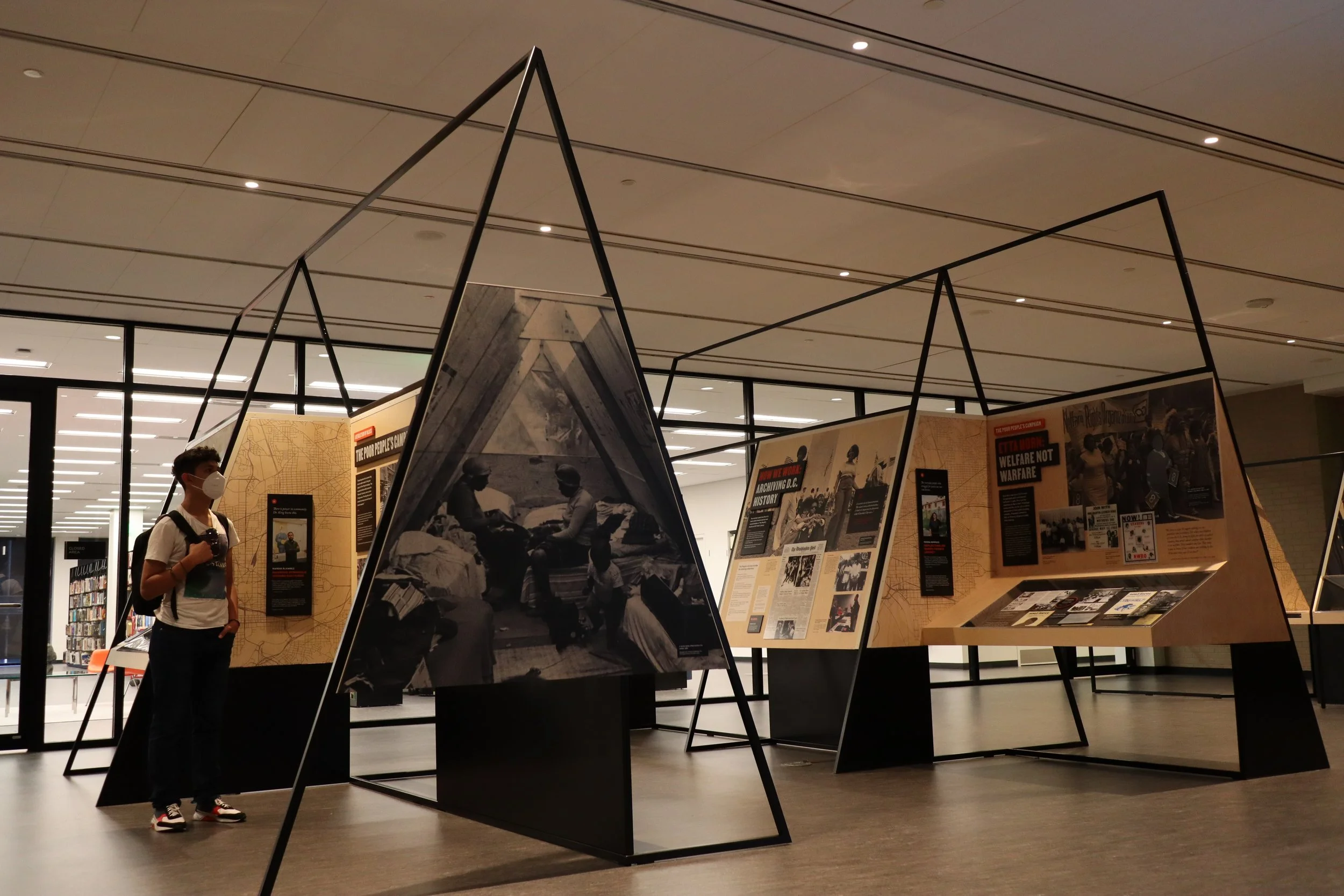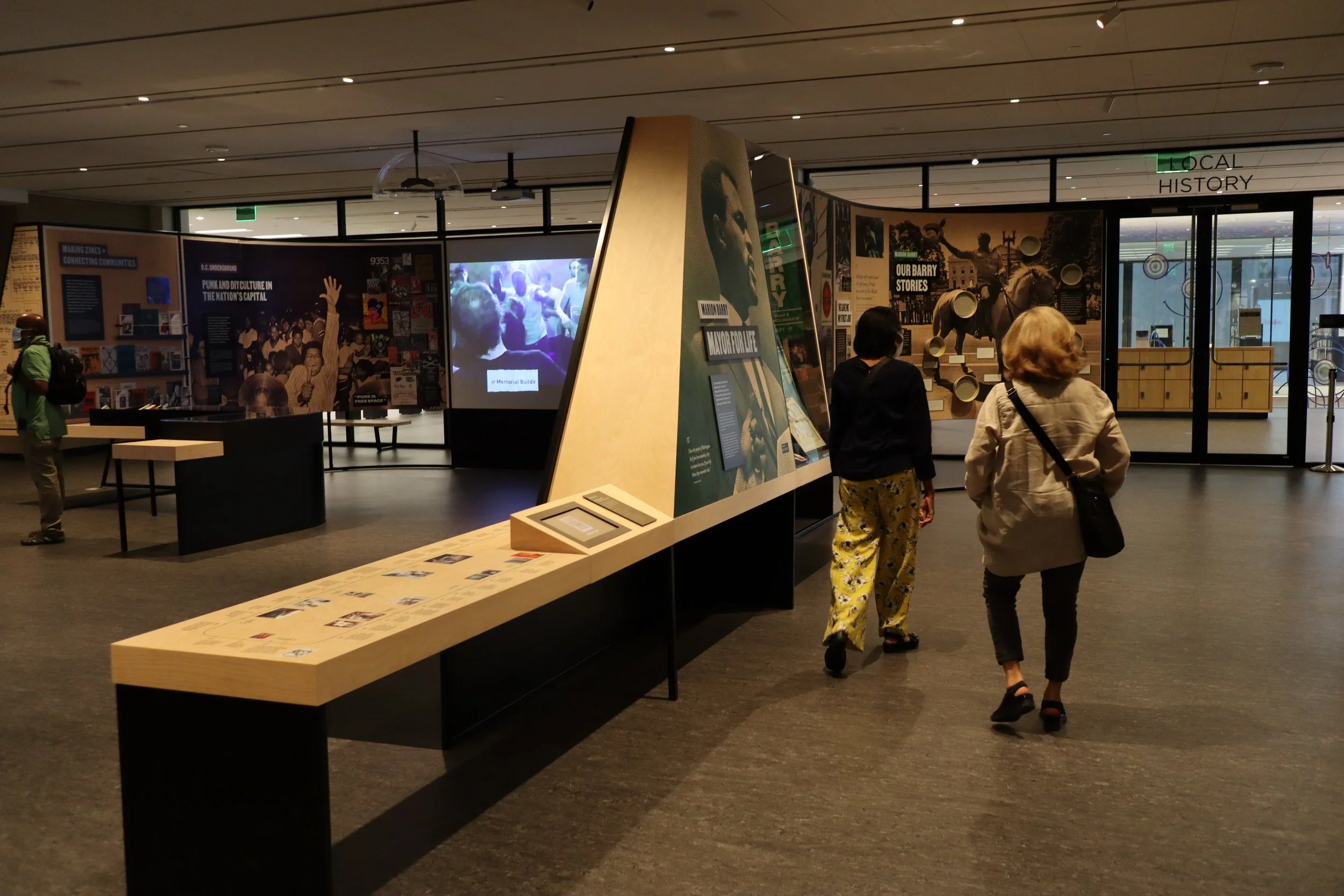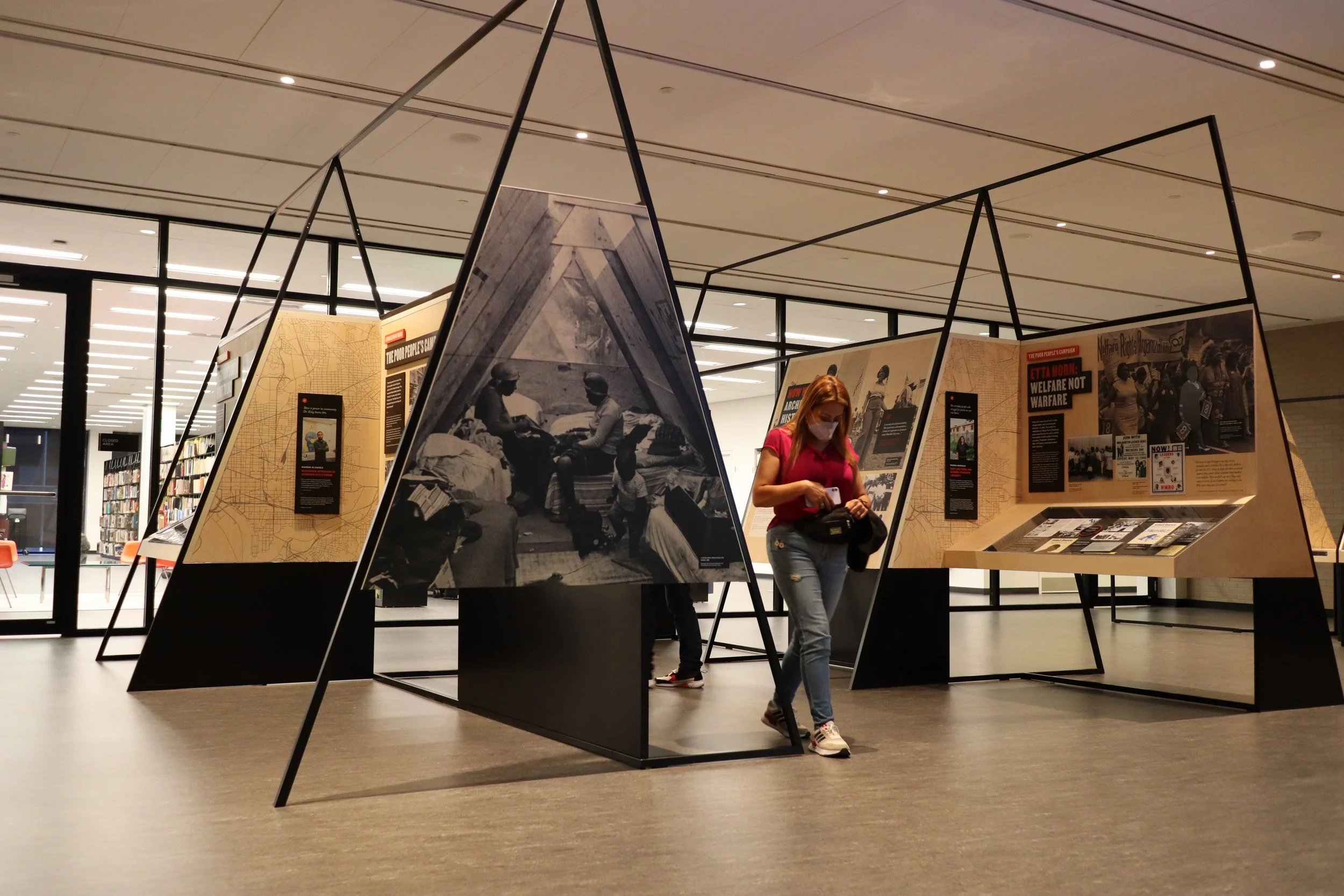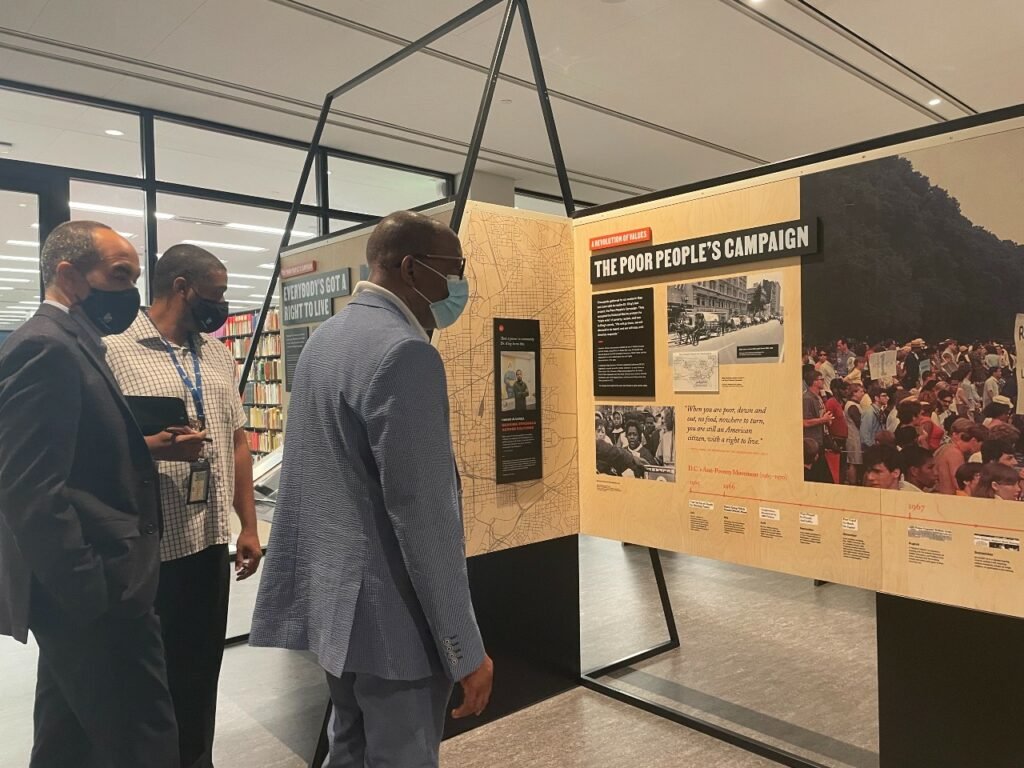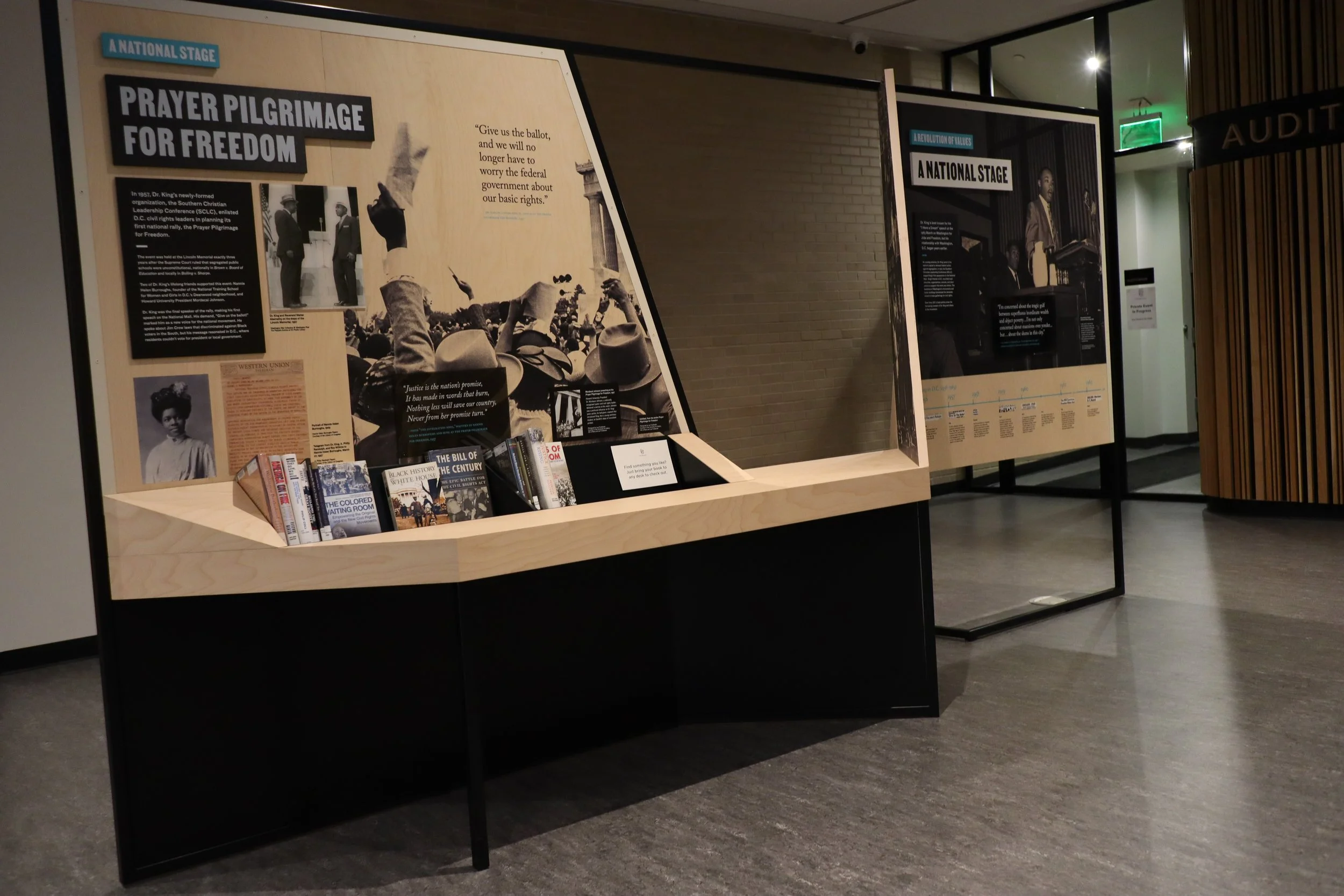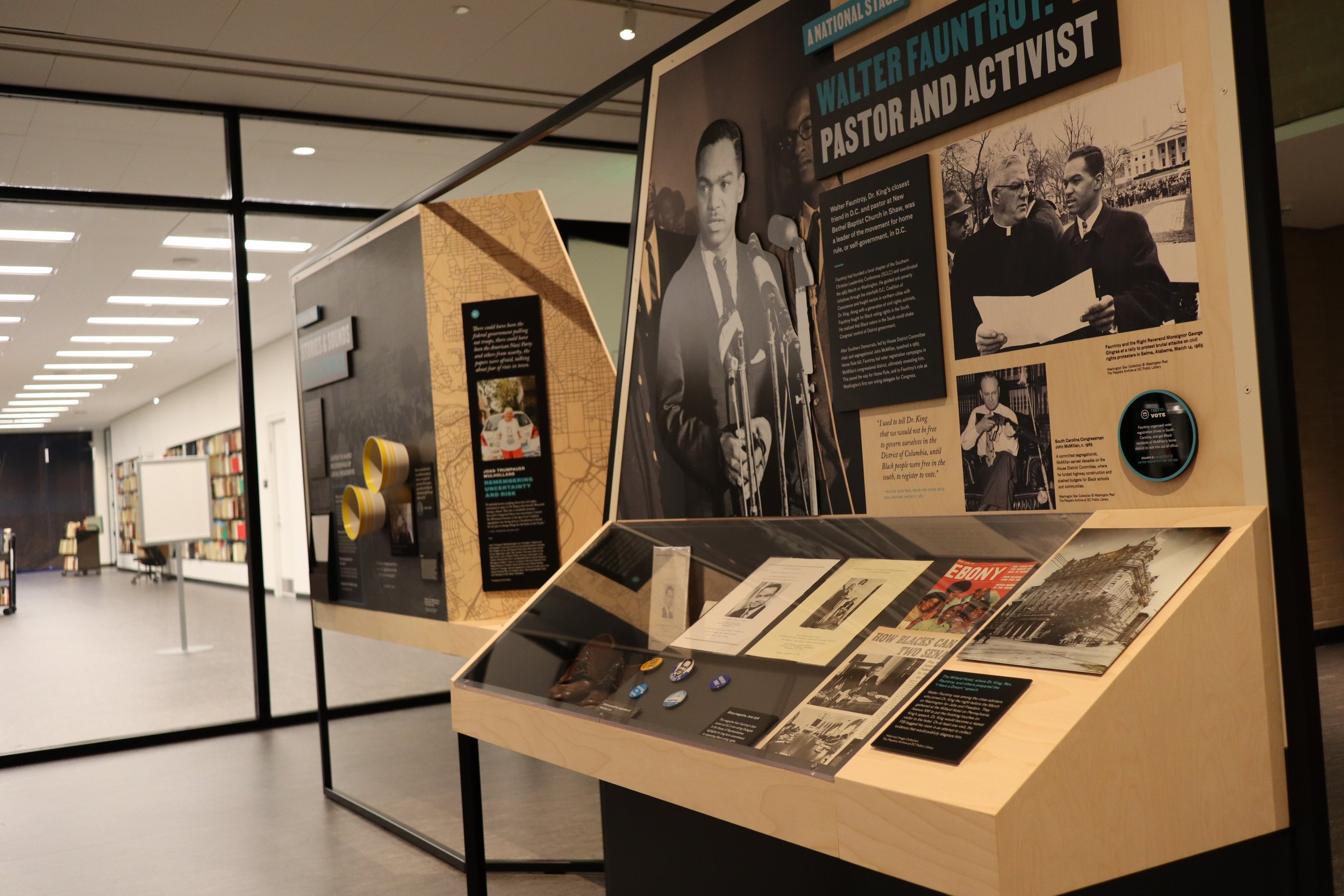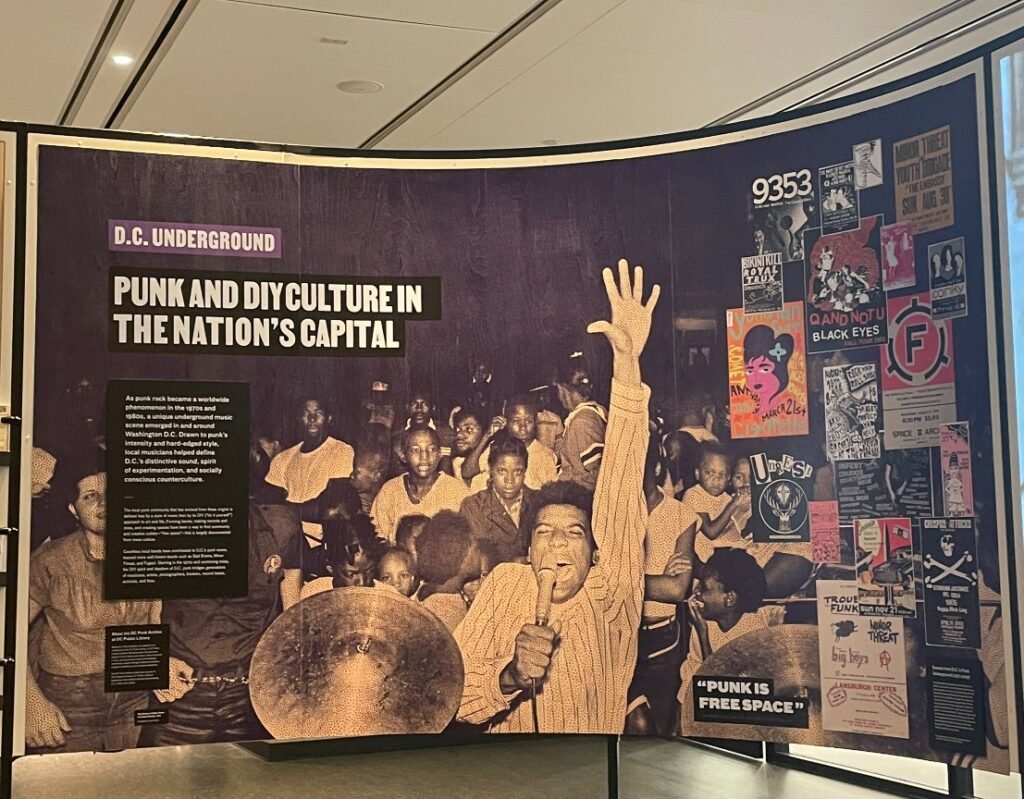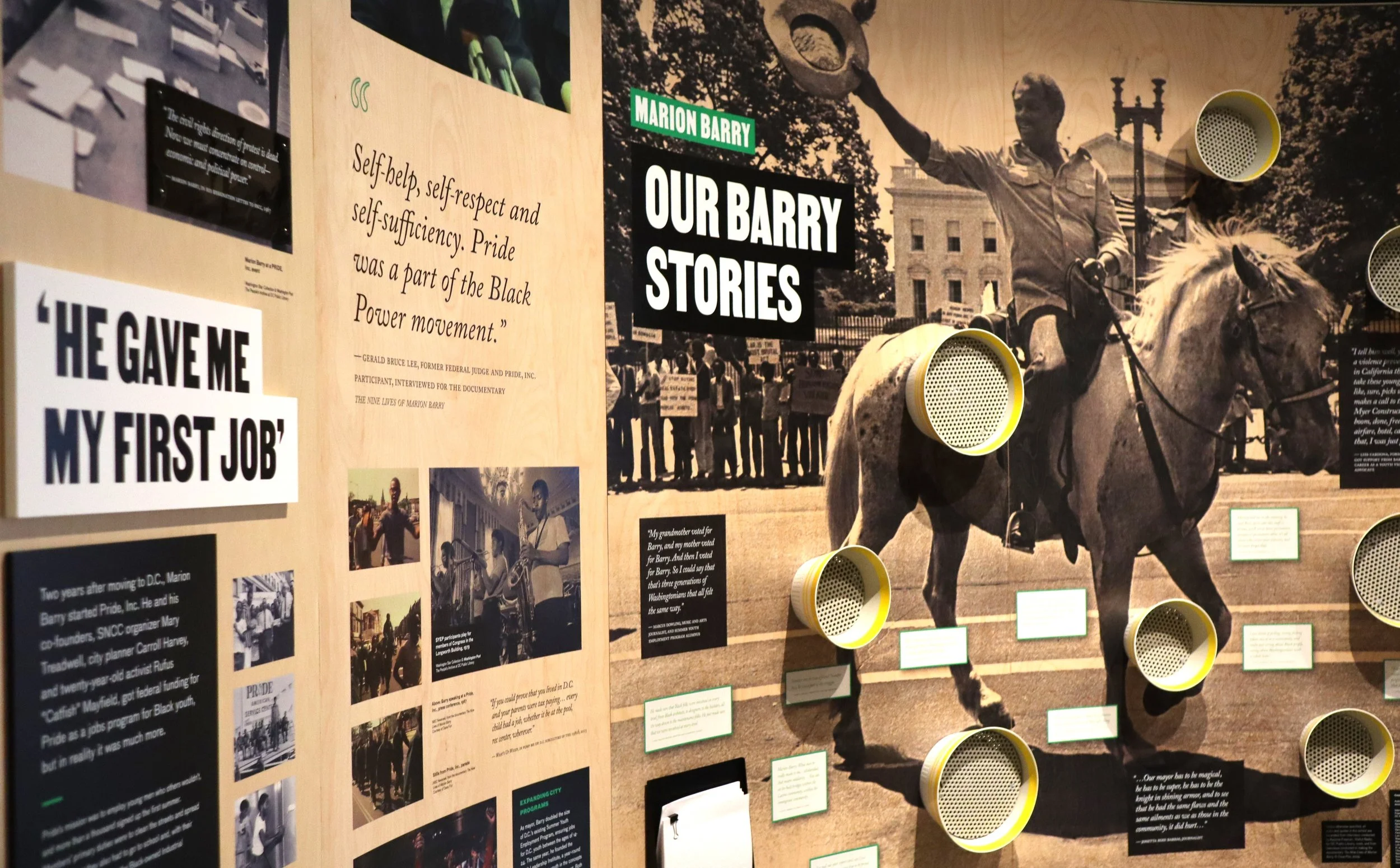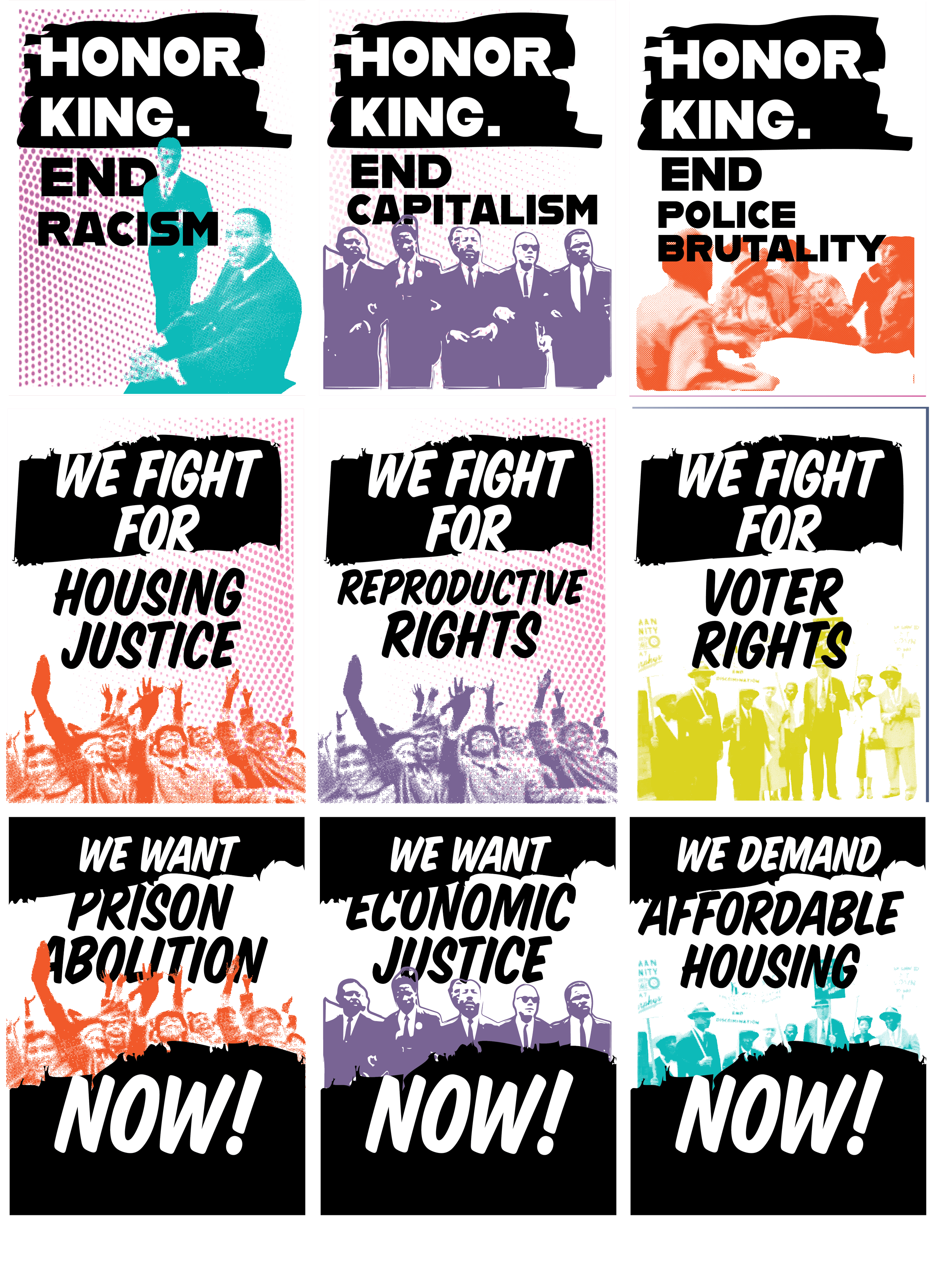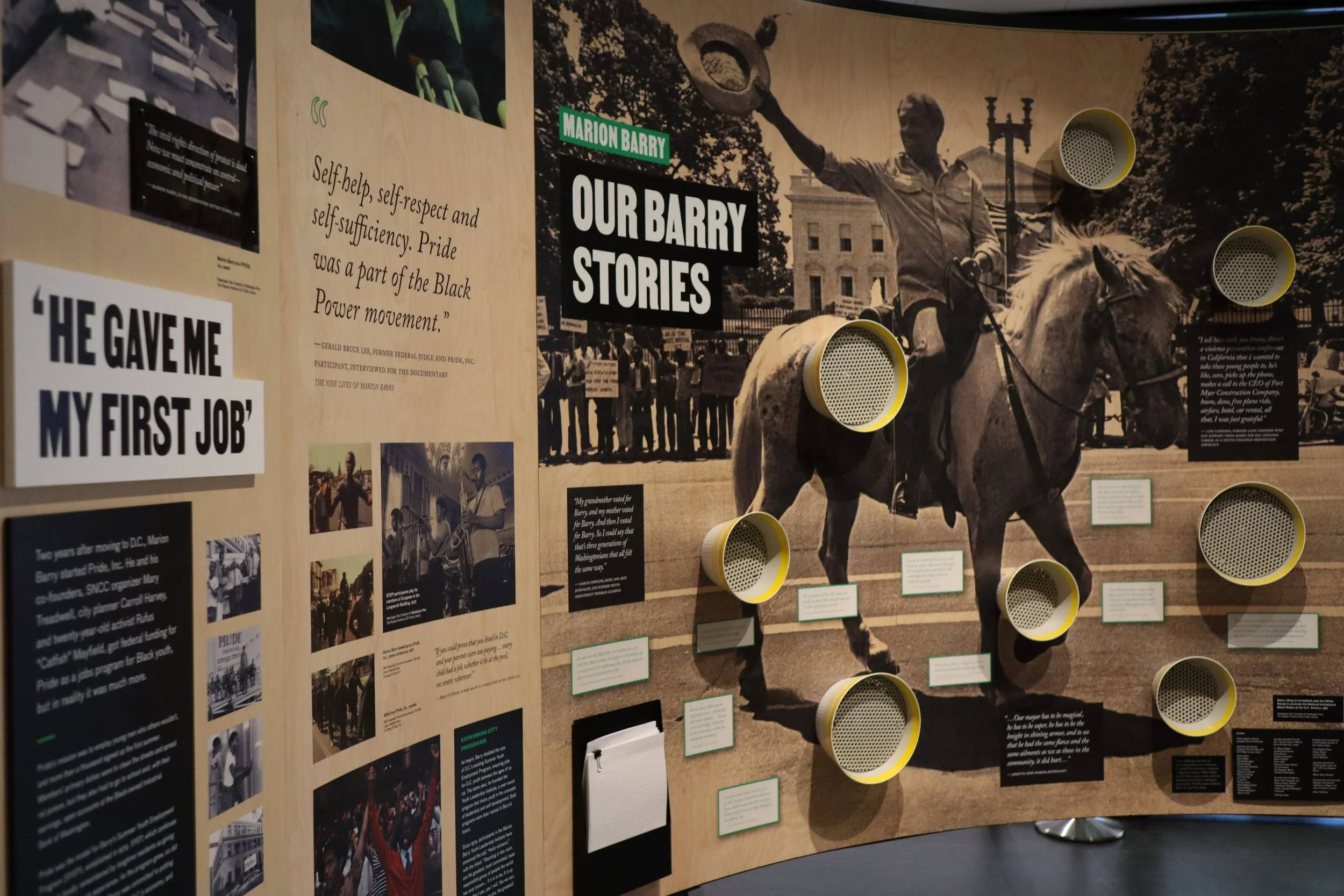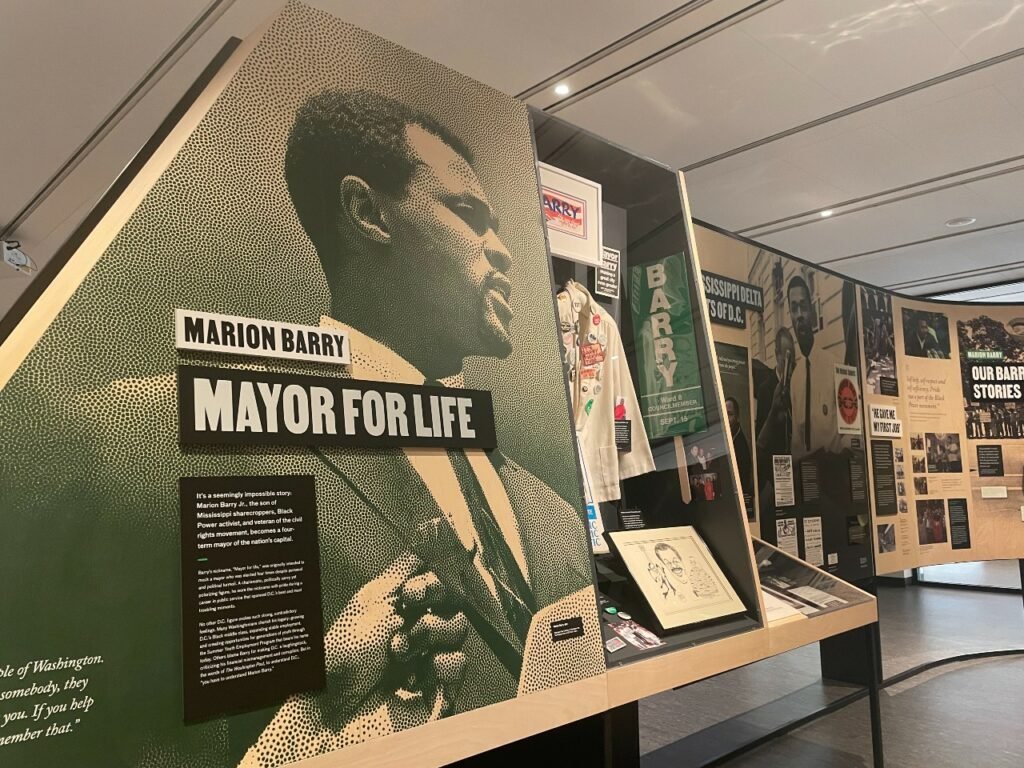
MARTIN LUTHER KING LIBRARY
The renovated MLK Library is a rehabilitation of the historic Mies Van De Rohe building in the heart of downtown. The library will center the collective legacy of Dr. King, Marion Barry and the array of individuals that ensured the success of the civil rights movement and lead the way for present-day activists and organizers.
WASHINGTON, D.C.
Lead Exhibit Designer: Studio Joseph
Partners and Collaborators: Workhorse, Openbox, Blue Cadet
Project Budget $1M
Size: 5,000 sf
-
CDA/CDO: 3
Fee Allocated: $9000 -
5/2022-5/2024
-
02 Cease Implementation of Hostile Design
03 Abolist Carceral Spaces
04 Restructure Relationship to Power + Capital
The newly renovated MLK Library in Washington DC is a rehabilitation of the historic Mies Van De Rohe building in the heart of downtown. The library's exhibit centers the collective legacy of Dr. King, Marion Barry and the array of individuals that ensured the success of the civil rights movement and lead the way for present-day activists and organizers.
Colloqate worked closely with a wide-ranging team of experts in exhibit design, community engagement, art history, and virtual exhibits to design an engaging exhibit space. Graphic materials and artifacts are displayed throughout, with interactive seating areas and an exhibit organization that revolved around subjects and people such as the Poor People’s Campaign and Mayor Marion Barry. As a central part of our community engagement approach, we created prototypes of 8 concepts under consideration for the exhibit: Community Gallery, Personal Stories Card Catalog, Neighborhood Experience Maps, Collective Voices of DC, Marion Barry, Poor People’s Campaign, MLK + Connect, and Music of the City.
We were tasked with engaging long-time DC residents and youth, with installations that would move people to creative action in the spirit of the stories being centered in the exhibit. Our prototyping events invited community members to explore our informational pieces, and test out our interactive installations. We gathered feedback from folks about content, format, impact, and how the experience could be most meaningful. This participatory approach was essential for curating the stories and artifacts included in the final exhibit, and helped ensure the result was an informed, responsive reflection of Dr. King and his connections to the movement for civil rights in DC.
